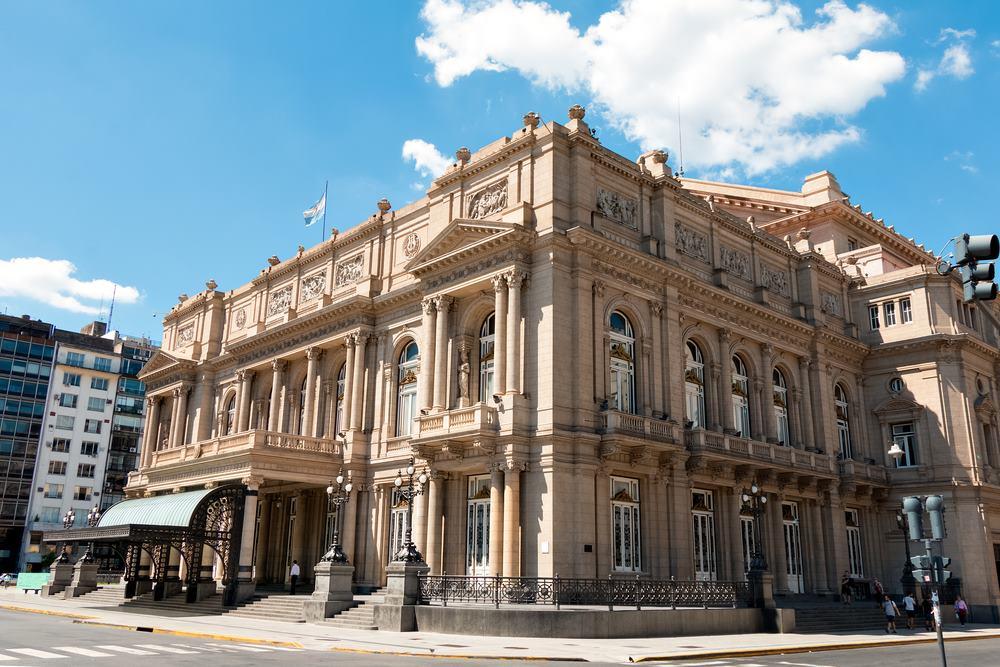Considered one of the best opera houses in the world for its exceptional acoustics, the Colón Theatre is named after explorer Christopher Columbus (Cristóbal Colón in Spain) and features eclectic architectural elements and breathtaking decorations.
Located in Buenos Aires, the opera house dates back to the 19th century, when Argentina wanted to build a European-style opera house in its capital as a symbol of refinement. Three successive European architects designed the theater and supervised its construction over 20 years. The inauguration took place in 1908, with the opera “Aida” by Giuseppe Verdi.






